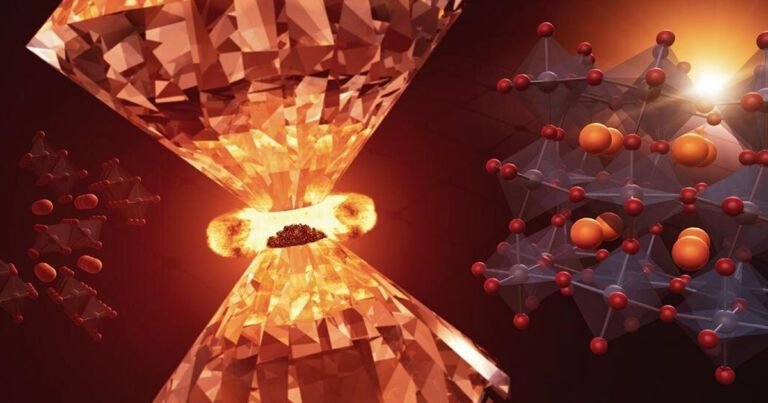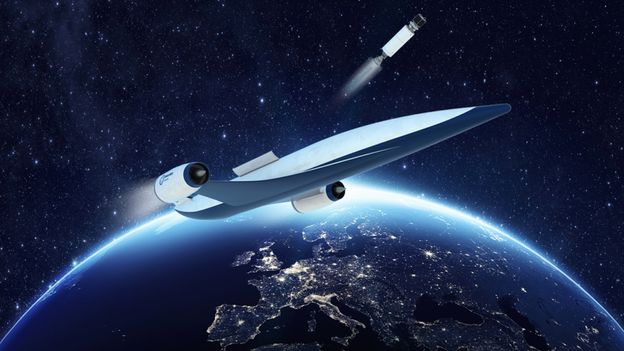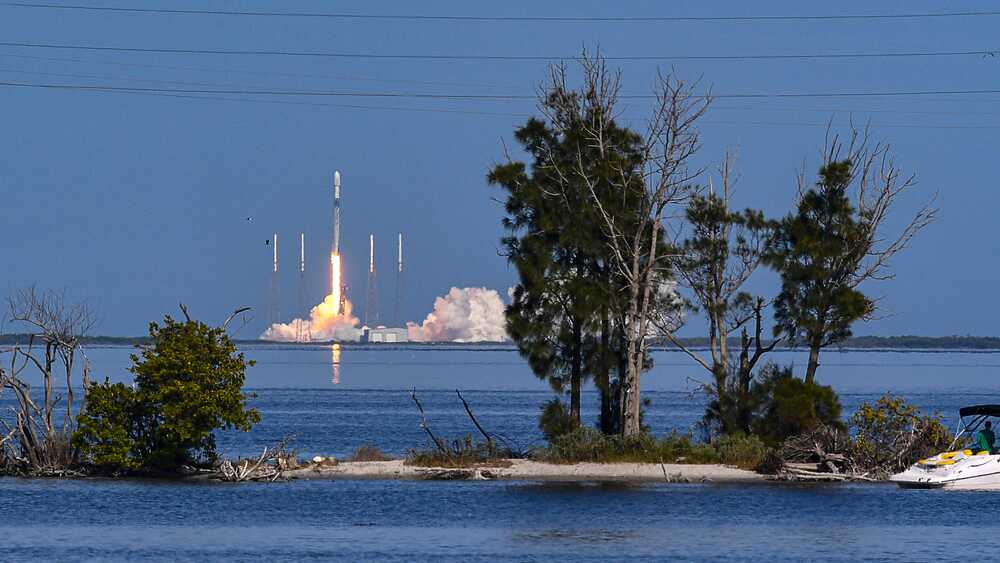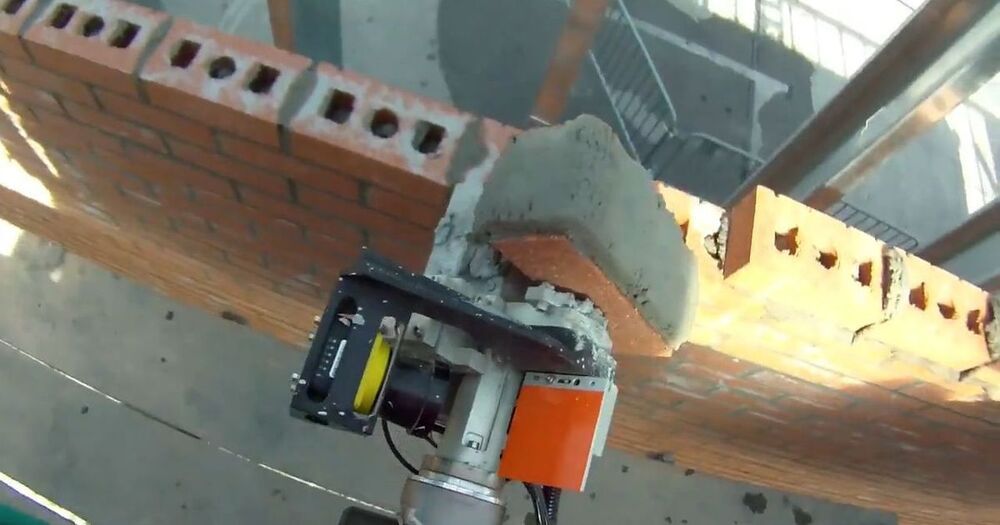“This is the first study to use pressure to control this stability, and it really opens up a lot of possibilities,” Yu Lin, researcher at the Stanford Institute for Materials and Energy Sciences (SIMES), said in a statement.
“Now that we’ve found this optimal way to prepare the material, there’s potential for scaling it up for industrial production, and for using this same approach to manipulate other perovskite phases,” Lin added.
The “black” phase, the one successfully stabilized by the scientists, of perovskite has intrigued scientists for years since it has been found to be extremely efficient in converting sunlight to electricity, making it the Holy Grail for solar panel technology.









